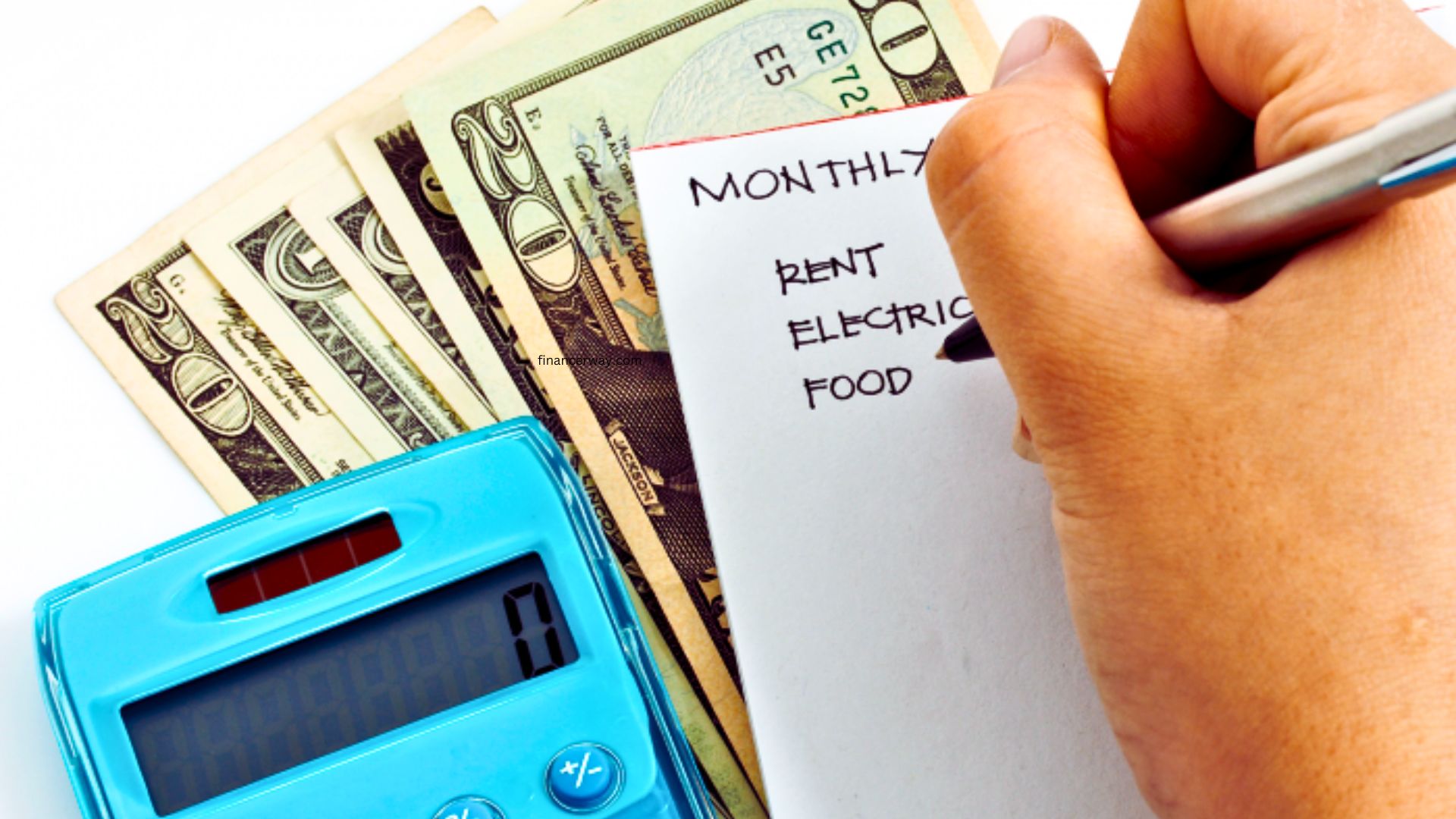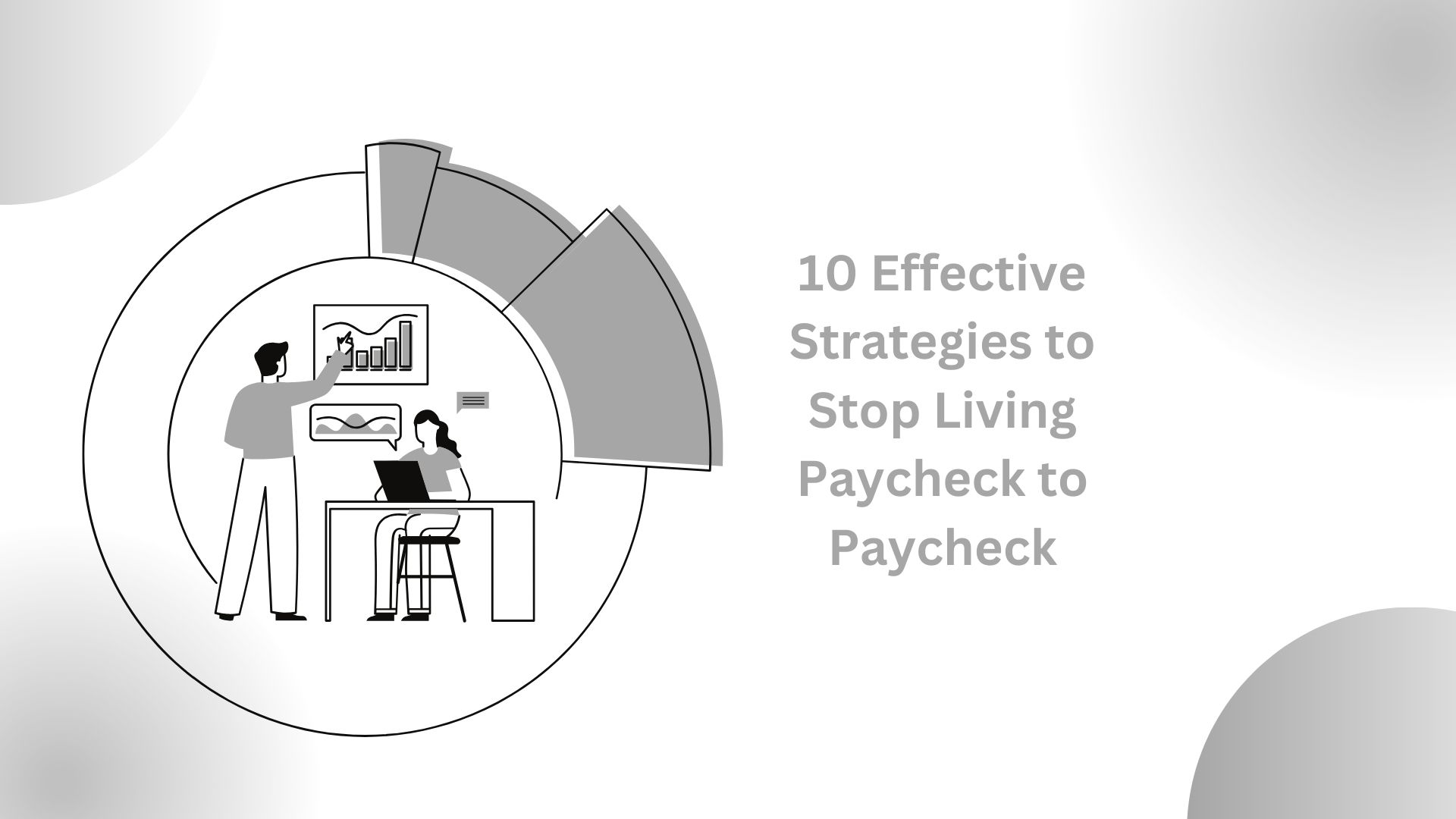Break free from living paycheck to paycheck with our effective strategies. Learn budgeting, saving, and smart financial habits for a secure future.
Living paycheck to paycheck is a common scenario for many people. It’s a stressful cycle that can feel impossible to break free from. However, with the right strategies and a bit of discipline, it’s entirely possible to change your financial situation. In this article, we’ll explore ten effective strategies to stop living paycheck to paycheck and start building a more secure financial future.
1. Create a Budget

The first step to stop living paycheck to paycheck is to create a budget. A budget is a plan that outlines your income and expenses. It helps you understand where your money is going and identify areas where you can cut back. There are many budgeting apps and tools available that can make this process easier.
2. Track Your Spending
| # | Strategy | Description |
|---|---|---|
| 1 | Create a Budget | Track income and expenses to understand where your money is going and make informed financial decisions. |
| 2 | Prioritize Needs over Wants | Distinguish between essential expenses and discretionary spending to allocate resources effectively. |
| 3 | Build an Emergency Fund | Save 3-6 months’ worth of living expenses to cover unexpected costs and avoid debt. |
| 4 | Pay Off High-Interest Debt | Focus on eliminating high-interest loans and credit card balances to reduce financial burdens. |
| 5 | Increase Income | Pursue additional income sources, such as a side job or freelance work, to boost your earnings. |
| 6 | Implement the 50/30/20 Rule | Allocate 50% of income towards necessities, 30% towards discretionary spending, and 20% towards saving and debt repayment. |
| 7 | Avoid Lifestyle Creep | Resist the temptation to inflate your lifestyle as income increases, and instead direct excess funds towards savings and debt repayment. |
| 8 | Take Advantage of Employer Matching | Maximize contributions to tax-advantaged accounts, such as 401(k) or RRSP, to leverage employer matching funds. |
| 9 | Develop Multiple Income Streams | Diversify your income sources to reduce reliance on a single job or income source. |
| 10 | Stay Disciplined and Patient | Commit to long-term financial planning and avoid getting derailed by short-term setbacks or temptations. |
Tracking your spending is crucial. It allows you to see exactly where your money is going and identify any unnecessary expenses. You might be surprised to find out how much you’re spending on things like dining out or online shopping.
3. Build an Emergency Fund
An emergency fund is a safety net that can cover unexpected expenses, such as car repairs or medical bills. It can also help you avoid going into debt if you lose your job. Aim to save at least three to six months’ worth of living expenses. (Video by Sahil Bhadviya)
4. Paycheck Off Debt

Paying off debt can free up more of your income. Start by paying off high-interest debts, like credit cards, then move on to lower-interest debts, like student loans or a mortgage.
5. Cut Back on Non-Essential Expenses

Look for areas in your budget where you can cut back on non-essential expenses. This might include dining out, entertainment, or subscriptions you don’t use.
6. Increase Your Income

If you’re not earning enough to cover your expenses, consider ways to increase your income. This could involve asking for a raise, finding a higher-paying job, or starting a side hustle.
7. Save for Retirement

Even if it seems far off, it’s important to start saving for retirement now. The sooner you start, the more time your money has to grow.
8. Automate Your Savings

Automating your savings can make it easier to save money. Set up automatic transfers to your savings account or retirement fund every time you get paid.
9. Live Below Your Means
Living below your means involves spending less than you earn. This can give you more financial freedom and help you avoid living paycheck to paycheck.
10. Seek Professional Advice
If you’re struggling to manage your finances, consider seeking professional advice. A financial advisor can help you create a plan to improve your financial situation.
Conclusion
Breaking the cycle of living paycheck to paycheck is not easy, but it’s definitely possible. By implementing these strategies, you can take control of your finances and start building a more secure financial future. Remember, the journey to financial freedom is a marathon, not a sprint. Be patient with yourself and celebrate small victories along the way.
FAQs
1. What does it mean to live paycheck?
A. Living paycheck means that a person uses all of their income for one pay period to cover their expenses before receiving the next paycheck.
2. How can I stop living paycheck to paycheck?
A. There are several strategies to stop living paycheck, including creating a budget, tracking your spending, building an emergency fund, paying off debt, cutting back on non-essential expenses, increasing your income, saving for retirement, automating your savings, living below your means, and seeking professional advice.
3. What is a budget and how can it help me?
A. A budget is a plan that outlines your income and expenses. It helps you understand where your money is going and identify areas where you can cut back. By sticking to a budget, you can ensure that you’re living within your means and not overspending.
4. What is an emergency fund and why do I need one?
A. An emergency fund is a safety net that can cover unexpected expenses, such as car repairs or medical bills. It can also help you avoid going into debt if you lose your job. Financial experts recommend saving at least three to six months’ worth of living expenses in your emergency fund.
5. How can I increase my income?
A. There are several ways to increase your income, such as asking for a raise, finding a higher-paying job, or starting a side hustle. You could also consider investing in your education or skills to increase your earning potential.
